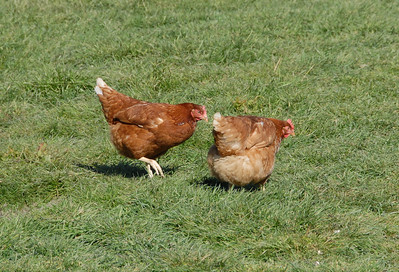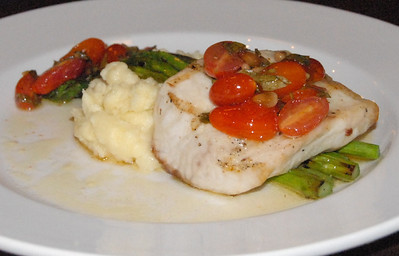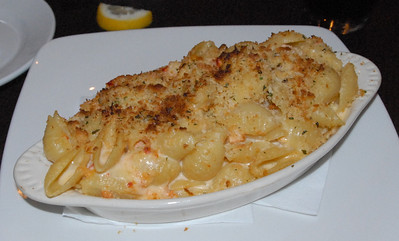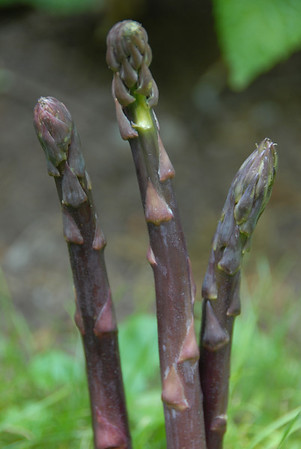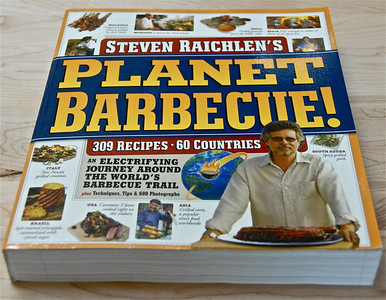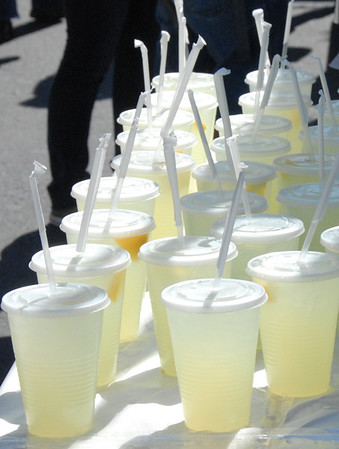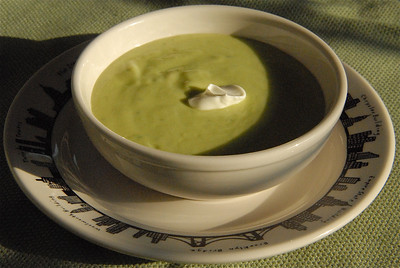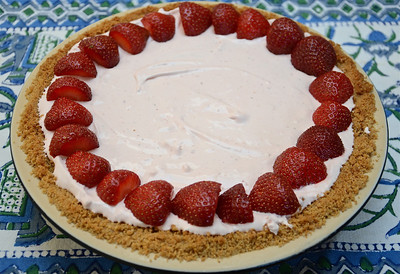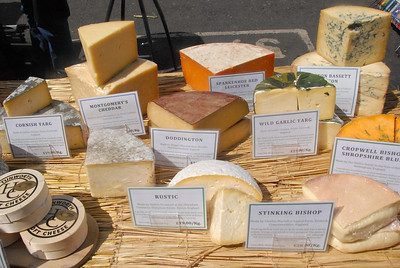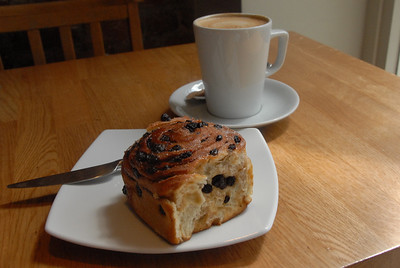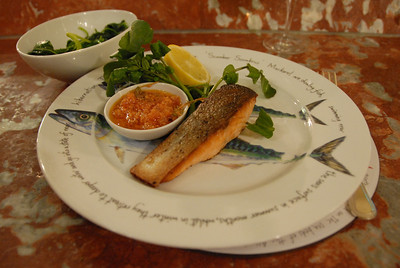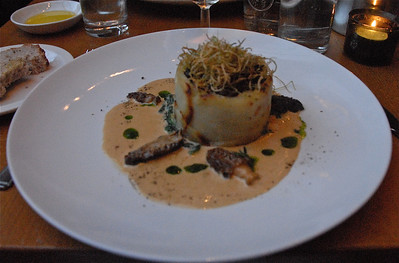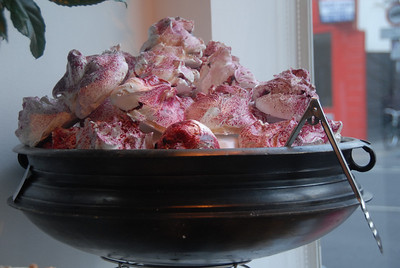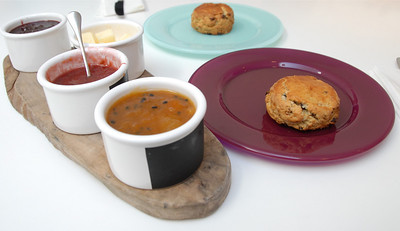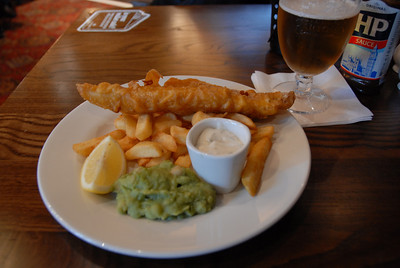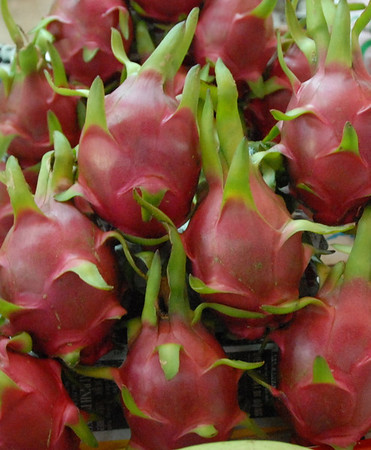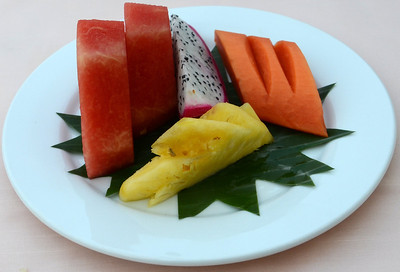The name sounds almost too cute to be legit but peekytoe is, in fact, a type of crab found on the East Coast. Also known as rock or spider crab, this spindly legged crustacean originally was discarded by fishermen who found it in their lobster pots. They stopped pitching it out in the late 1990’s after the owner of Portland, Maine’s Browne Trading Company, Rod Mitchell, dubbed the unloved crab “peekytoe.” This new, perky moniker won over chefs and consumers, who started buying up and eating the bycatch.
Peekytoe lives among rocks and in waters up to 40-feet deep. An eco-friendly seafood, it’s caught live in traps with no bycatch. After removing the crab from the trap, the fisherman will snap off one large claw. He then returns the crab to the ocean where it regenerates its missing appendage.
When on land, a peekytoe crab will cover itself with algae, grass and other natural debris. This tendency has given the crustacean yet another name, the decorator crab.
Adorable nom de plumes aside, peekytoe is prized for its sweet, moist and firm meat. Fortunately for me, it’s sold picked so I never have to fiddle with cracking the claws and picking out the meat. Someone has already done all the work for me.
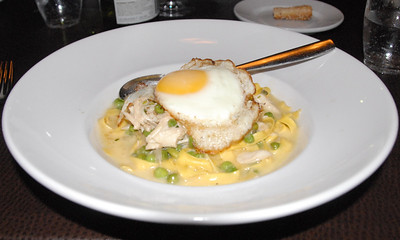
Peekytoe goes well with a wealth of foods and flavors. Its affinities include such items as asparagus, avocados, cayenne, chives, garlic, ginger, grapefruit, lemon, lime, mustard, onions, flat-leaf parsley, shrimp, tarragon, tomatoes and watercress.
I’ve found peekytoe to be the ideal ingredient for pasta dishes as well as crab cakes. It also works well in salads, seafood cocktails and sauces. If you haven’t already, take a peek at peekytoe. You won’t be disappointed.
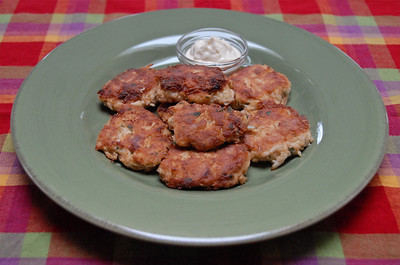
KITCHEN KAT CRAB CAKES
Makes 6 large cakes
1 to 2 teaspoons olive oil
3 tablespoons minced shallots
1 pound lump crab meat
1 egg, lightly beaten
1/4 cup good quality mayonnaise
2 teaspoons Dijon mustard
1/4 teaspoon cayenne pepper
1/8 teaspoon paprika
1/4 teaspoon salt
1/4 teaspoon ground black pepper
1 tablespoon fresh flat leaf parsley, washed, dried and minced
2 to 4 tablespoons bread crumbs
2 tablespoons unsalted butter
2 tablespoons olive oil
flour, for dredging the cakes
lemon wedges, optional
Heat the 1 to 2 teaspoons olive oil in a small frying or sauté pan. Add the minced shallots and sauté until soft, about 1 to 2 minutes. Remove from heat and cool slightly.
In a medium-sized bowl mix together the shallots, crab meat, egg, mayonnaise, mustard, cayenne pepper, paprika, salt, black pepper, parsley and bread crumbs, adding just enough bread crumbs so that the mixture binds together. Depending on how firm you prefer your cakes, this could be anywhere from 2 to 4 tablespoons of breadcrumbs.
On a plate or other flat, clean work surface, spoon out enough flour to coat 6 large crab cakes. Heat the butter and olive oil over medium in a large, non-stick frying pan.
While the butter and oil are heating, form the crab cakes by taking three to four heaping tablespoons of the crab mixture and, using your hands, shaping it into a 6-inch round patty. Dredge both sides of the cakes in the flour and set aside. Repeat with the remaining mix.
After the cakes are formed and the oil and butter are hot, pan-fry the cakes for 10 minutes, gently flipping them over after 5 minutes so that both sides turn golden brown. Serve with wedges of lemon.
